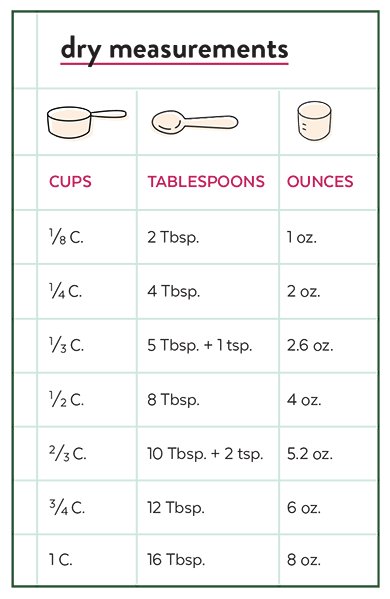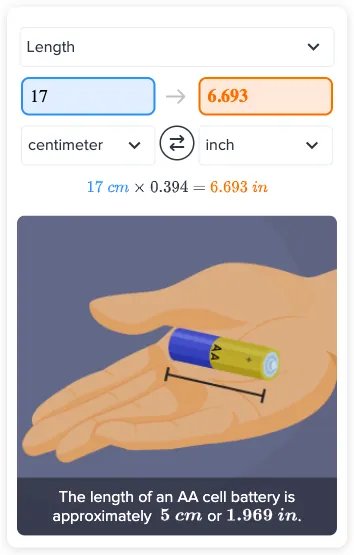Isotopes can be distinguished by analyzing their unique atomic mass. By utilizing techniques such as mass spectrometry, scientists can accurately differentiate between isotopes of the same element. The key lies in identifying the subtle variations in mass resulting from the differing numbers of neutrons in each isotope. Through precise measurement and analysis of these atomic masses, researchers can successfully answer the question of ‘how can you tell isotopes apart.’ This fundamental aspect of isotopic analysis plays a crucial role in various scientific fields, from environmental studies to forensic investigations.
How Can You Tell Isotopes Apart
Welcome, young scientists! Today, we are going to embark on an exciting journey into the world of isotopes. Have you ever wondered how scientists can distinguish between different isotopes of the same element? Well, you’re in the right place! In this article, we will uncover the fascinating ways in which we can tell isotopes apart. So, put on your imaginary lab coats and let’s dive in!
Understanding Isotopes
Before we learn how to differentiate isotopes, let’s first understand what isotopes are. Isotopes are atoms of the same element that have the same number of protons but different numbers of neutrons. These variations in the number of neutrons result in different isotopes of the element. For example, carbon has three isotopes: carbon-12, carbon-13, and carbon-14.
Using Mass Number
One of the key ways scientists differentiate between isotopes is by looking at their mass numbers. The mass number of an isotope is the total number of protons and neutrons in its nucleus. By comparing the mass numbers of different isotopes of the same element, scientists can identify and distinguish between them. For instance, carbon-12 has a mass number of 12, while carbon-13 has a mass number of 13.
Analyzing Atomic Structure
Another method to distinguish between isotopes is by analyzing their atomic structures. Each isotope of an element will have a unique arrangement of protons, neutrons, and electrons. By studying the atomic structure of isotopes using advanced instruments like mass spectrometers, scientists can precisely identify and differentiate between isotopes.
Mass Spectrometry
Mass spectrometry is a powerful technique used to determine the mass of atoms or molecules. It works by ionizing the atoms or molecules and then separating them based on their mass-to-charge ratio. This technique is invaluable in identifying isotopes and their relative abundances in a sample. By analyzing the mass spectra produced by mass spectrometers, scientists can tell isotopes apart with great accuracy.
Measuring Radioactivity
Some isotopes are radioactive, meaning they spontaneously decay over time, emitting radiation in the process. By measuring the rate of decay of radioactive isotopes, scientists can distinguish between different isotopes. Each radioactive isotope has a unique decay rate, which allows scientists to identify and differentiate between them. For example, uranium-238 and uranium-235 are two isotopes of uranium with different decay rates.
Radioactive Dating
One fascinating application of radioactive isotopes is in radioactive dating. By measuring the decay of radioactive isotopes in a sample, scientists can determine the age of rocks, fossils, and artifacts. For instance, carbon-14 dating is commonly used to estimate the age of organic materials up to around 50,000 years old. This method helps us unravel the mysteries of the past by telling isotopes apart based on their radioactive decay.
Identifying Isotopic Patterns
In addition to the methods mentioned above, scientists can also tell isotopes apart by identifying specific isotopic patterns. Isotopic patterns refer to the distribution of isotopes of an element in a sample. By examining these patterns using techniques like infrared spectroscopy or nuclear magnetic resonance spectroscopy, scientists can distinguish between isotopes with different abundances and configurations.
Infrared Spectroscopy
Infrared spectroscopy is a technique that analyzes how molecules interact with infrared light. By measuring the absorption of infrared radiation by different isotopes, scientists can detect subtle differences in their isotopic compositions. This method is particularly useful in identifying isotopic patterns in complex molecules and compounds.
Nuclear Magnetic Resonance Spectroscopy
Nuclear magnetic resonance (NMR) spectroscopy is another powerful tool for studying isotopic patterns. NMR spectroscopy relies on the magnetic properties of atomic nuclei to generate detailed information about molecular structures. By examining the NMR spectra of isotopes, scientists can differentiate between isotopes based on their unique resonance frequencies and signals.
Congratulations, young scientists! You have now unlocked the secrets of how to tell isotopes apart. By understanding the distinct characteristics and properties of isotopes, as well as employing advanced techniques like mass spectrometry, radioactive dating, and spectroscopy, scientists can unravel the mysteries of isotopic compositions and their significance in various fields of science. Keep exploring and experimenting, for the world of isotopes is full of wonders waiting to be discovered!
Now, go forth and continue your scientific journey with newfound knowledge about isotopes. Who knows what other exciting discoveries await you in the vast universe of science!
How can you tell isotopes apart?
Frequently Asked Questions
How do isotopes differ from each other?
Isotopes are atoms of the same element with different numbers of neutrons in their nuclei, which results in varying atomic masses. These differences in atomic masses distinguish isotopes from each other.
What are some common methods to distinguish isotopes?
One common method is mass spectrometry, which separates isotopes based on their masses. Another method is through spectroscopy, which looks at the energy levels of isotopes. Additionally, isotopes can also be distinguished through their radioactive decay properties.
Can isotopes be visually differentiated?
Isotopes cannot be visually differentiated as they have the same chemical properties and appear identical in their physical form. Specialized equipment and techniques are required to distinguish isotopes based on their atomic structure and properties.
Final Thoughts
In conclusion, isotopes can be distinguished by their different number of neutrons. By analyzing the mass number of an atom, one can determine the specific isotope present. Furthermore, spectroscopy techniques such as mass spectrometry reveal unique patterns based on isotopic composition. Understanding the properties and behavior of isotopes allows researchers to differentiate between them effectively. In summary, knowing how to tell isotopes apart is essential for various scientific applications.









